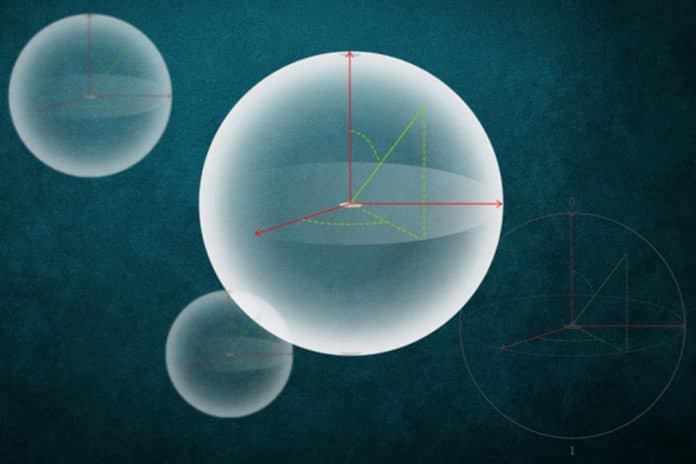The nitrogen-vacancy (NV) center is a point defect in diamond with unique properties. It holds electrons that can be controlled using light and microwaves. As a result, the defect emits photons capable of carrying quantum information.
Nitrogen-vacancy (NV) defect centers in diamond are strong candidates to generate entangled states in solid-state environments even at room temperature. Because of its solid-state environments, NV centers are always surrounded by many other unknown defects with different spin properties, called “spin defects.”
The interaction between measurable NV-center qubit and spin defects leads to the loss of the quantum state of the qubit. Hence, it causes operation failure. Traditional solutions try to identify these disrupting defects to protect the qubit from them.
MIT scientists recently invented a method that uses an NV center to probe its environment and uncover the existence of several nearby spin defects. The technique can help scientists to determine the defect’s location to control them to achieve a coherent quantum state.
In the study, scientists identified, located, and controlled two electron-nuclear spin defects near an NV center. Microwave pulses were primarily sent at desired frequencies to control the NV center. While doing so, they also pulsed another microwave that explores the surrounding environment for other spins. They then observed the resonance spectrum of the spin defects interacting with the NV center.
The spectrum dipped in several spots when the probing pulse interacted with nearby electron-nuclear spins, indicating their presence. Scientists then swept a magnetic field across the area at different orientations. This allowed them to quantify each defect’s spin to each magnetic orientation.
Later on, energy measurements were plugged into a model equation with unknown parameters. This equation is used to describe the quantum interactions of an electron-nuclear spin defect under a magnetic field. Then, they could solve the equation to characterize each defect successfully.
The next step is the characterization of the interaction between the defects and the NV. For this, scientists again swept the magnetic field at different orientations, but this time looked for changes in energies describing the interactions between the two defects and the NV center. The stronger the interaction, the closer they were to one another.
Interaction strengths determined the defect’s location in relation to the NV center and each other. That generated an excellent map of the locations of all three defects in the diamond.
Characterizing the defects and their association with the NV center allows full control, which includes a couple of steps to illustrate. To start with, they pump the NV center and surrounding environment with a sequence of pulses of green light and microwaves that help put the three qubits in a notable quantum state.
They then use another sequence of pulses that in an ideally entangles the three qubits briefly, and then disentangles them, which empowers them to recognize the three-spin coherence of the qubits.
Scientists verified the three-spin coherence by measuring a significant spike in the resonance spectrum. The measurement of the spike recorded was essentially the sum of the frequencies of the three qubits. If the three qubits, for instance, had little or no entanglement, there would have been four separate spikes of smaller height.
The lead co-author Won Kyu Calvin Sun, a graduate student in the Department of Nuclear Science and Engineering and a member of the Quantum Engineering group, said, “We come into a black box [environment with each NV center]. But when we probe the NV environment, we start seeing dips and wonder which types of spins give us those dips. Once we [figure out] the spin of the unknown defects, and their interactions with the NV center, we can start controlling their coherence. Then, we have full universal control of our quantum system.”
Joining Sun on the paper are lead author Alexandre Cooper ’16 of Caltech; Jean-Christophe Jaskula, a research scientist in the MIT Research Laboratory of Electronics (RLE) and member of the Quantum Engineering group at MIT; and Paola Cappellaro, a professor in the Department of Nuclear Science and Engineering, a member of RLE, and head of the Quantum Engineering group at MIT.
The paper is published Feb. 25 in Physical Letters Review.
